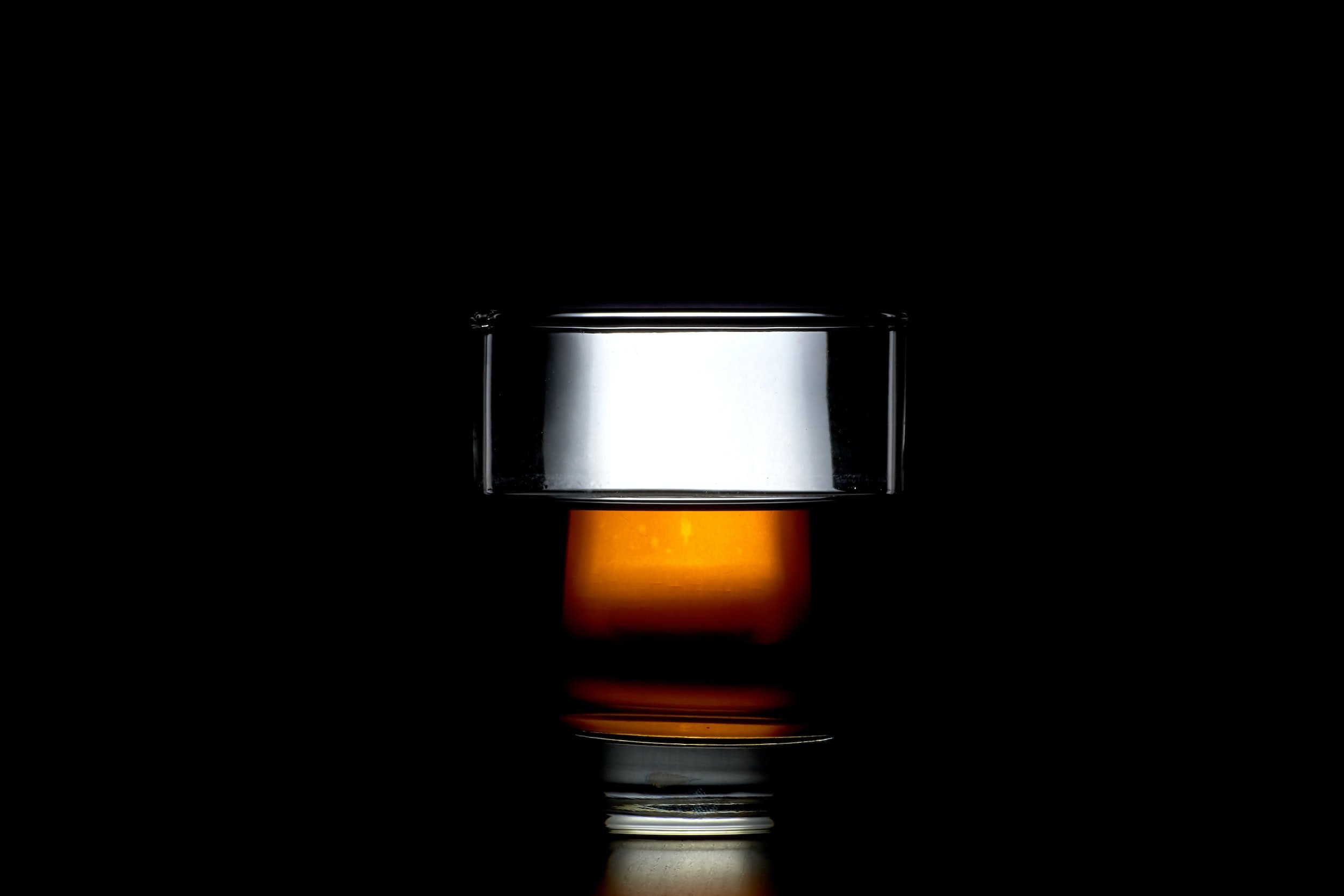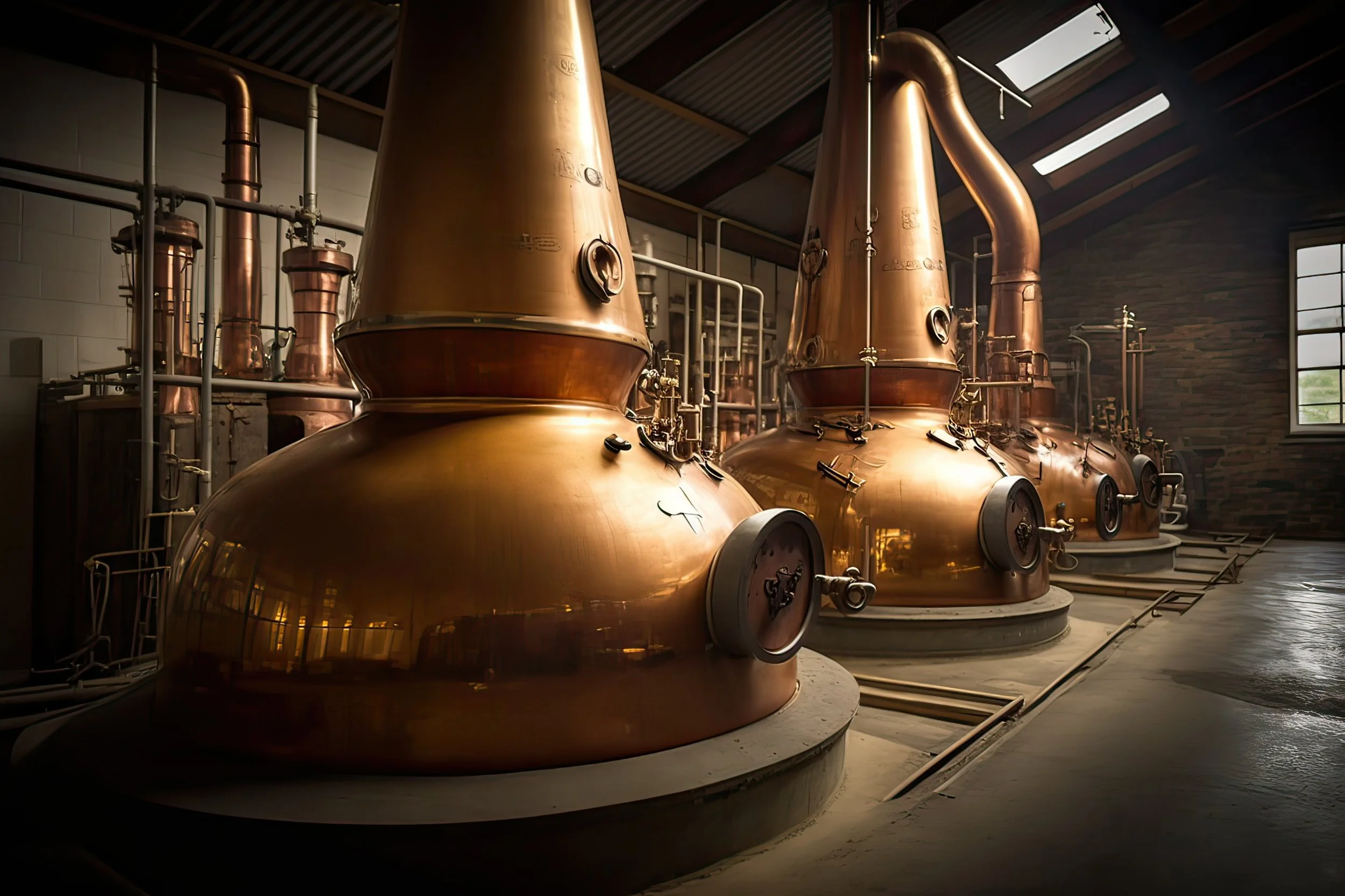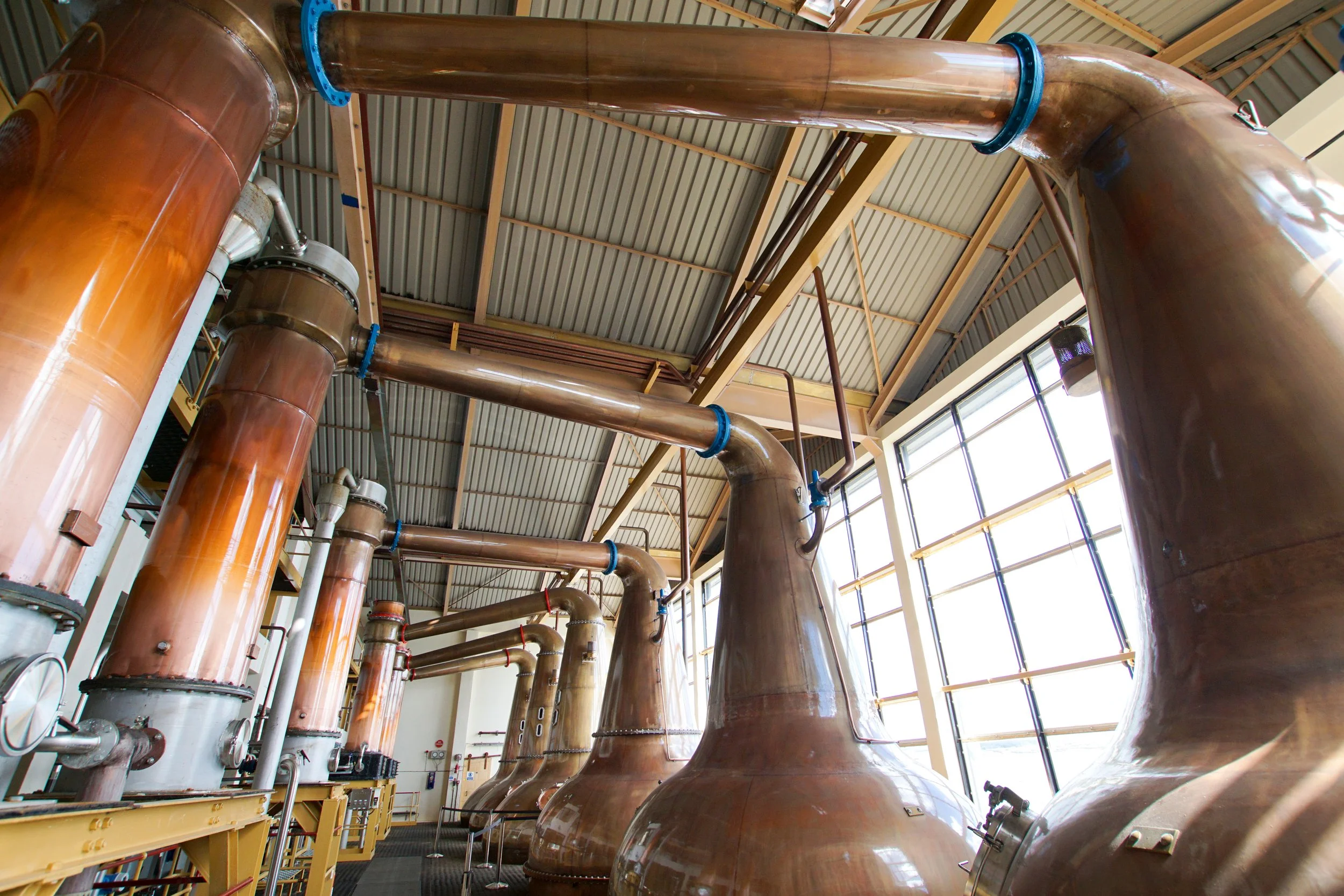
How Whisky is Made
Scotch whisky is as much about the process as it is about the product.
The drink is a source of great national pride for the Scottish people, and so it must meet a set of strict criteria to earn the prestigious title of ‘Scotch Whisky’.
Whilst each distillery may have slight differences in their process, the making of malt whisky goes a little like this.
The process
Step 1 - Malting: Whisky is only as good as the barley chosen at the very beginning of the process.
This barley is harvested, watered, and then spread across malting floors to allow it to germinate. Care must be taken here to reduce the build-up of heat, ensuring that the barley is regularly turned and aerated.
Here, precious enzymes are activated for use later in the process.
At the 6- or 7-day mark, the barley will then be dried in a kiln to stop the germination process and add peat, if desired.
Step 2 – Mashing: Once dry, the malt is ground into a rough flour.
This flour is then placed into a mash tun, with pure Scottish water added at three stages – gradually increasing in temperature from 67°C to around 100 °C.
After mashing and stirring, a sugary liquid is created, known as wort.
Step 3 – Fermentation: The wort is then cooled, pumped into washbacks and added to yeast, allowing the fermentation process to begin.
The yeast and sugars combine to produce alcohol and other compounds which give the whisky its distinctive flavour.
This is a volatile process, as the products of this chemical reaction produce a great deal of froth, requiring revolving switchers to regularly remove the head as it bubbles over.
Two days later, the reaction begins to slow and we are left with a wash containing between 6-8% alcohol by volume.
Step 4 – Distillation: This is a traditional separation method, which many producers in Scotland still utilise to separate the alcohol and flavouring compounds from the rest of the liquid in the mix.
Heating the still to just below 100°C, the alcohol and other compounds evaporate through the neck of the still and condense on the other end, leaving us with the good stuff. Distillation is a two-stage process designed to harvest the alcoholic solution. The first distillation results in a solution of around 20% ABV, with the second increasing this to around 68% ABV. This is then collected in the spirit receiver
Step 5 – Spirit safe and asking: Here is where Scotland’s heritage and expert whisky producers earn their money.
Upon passing through the spirit safe, the Stillman will inspect the spirit without coming into contact with it. This is a challenging task, and one only a master Stillman could complete. If all is in order, the freshly distilled spirit will be reduced to maturing strength (around 63%) and placed into wooden casks to mature and build flavour. These casks will have previously been used to store other whiskies, bourbons, or sherries, helping the new spirit to develop a deep, rich flavour. The new make spirit needs to mature in the cask for a minimum of 3 years and 1 day before its legally classed as whisky but like all things the older the better.
Step 6 – Bottling: Before bottling, whiskies undergo sensory analysis in the on-site lab, checking characteristics against a standard range of aromas and flavours provided by the master distiller.
The liquid also goes through tests to check its chemical components, density, turbidity, pH, and other characteristics. Bottling is predictably automated, from rinsing and filling to labelling and capping, though workers are often needed to handle parts of the process for specialized bottles, such as wax dipping.







